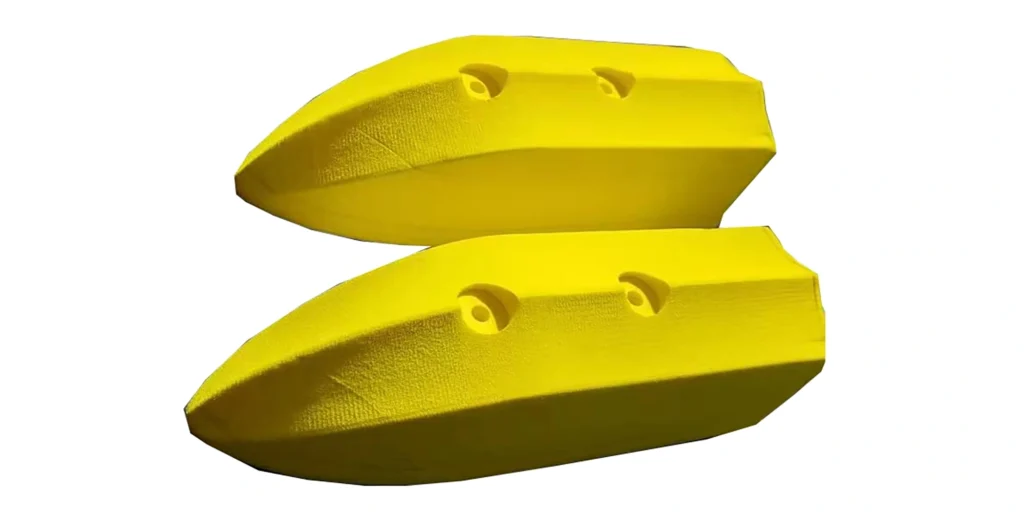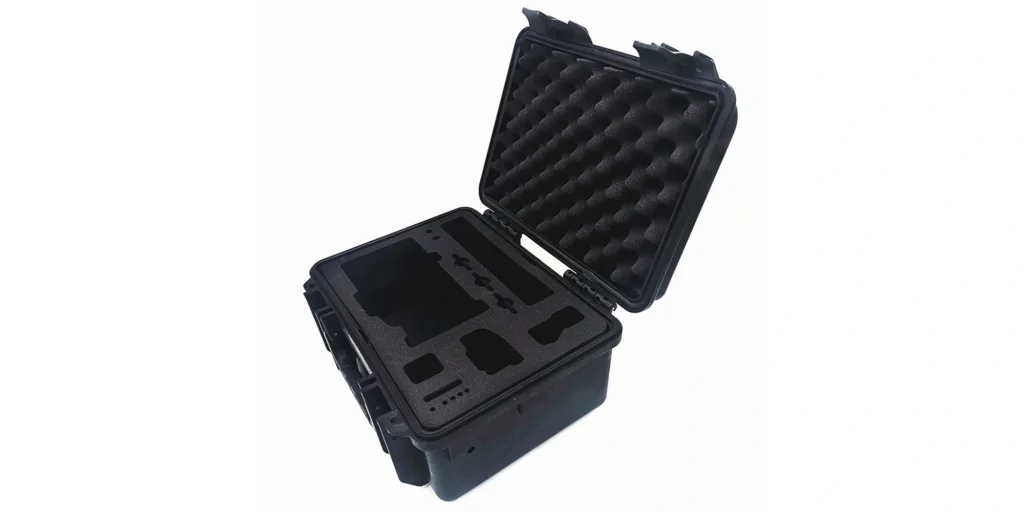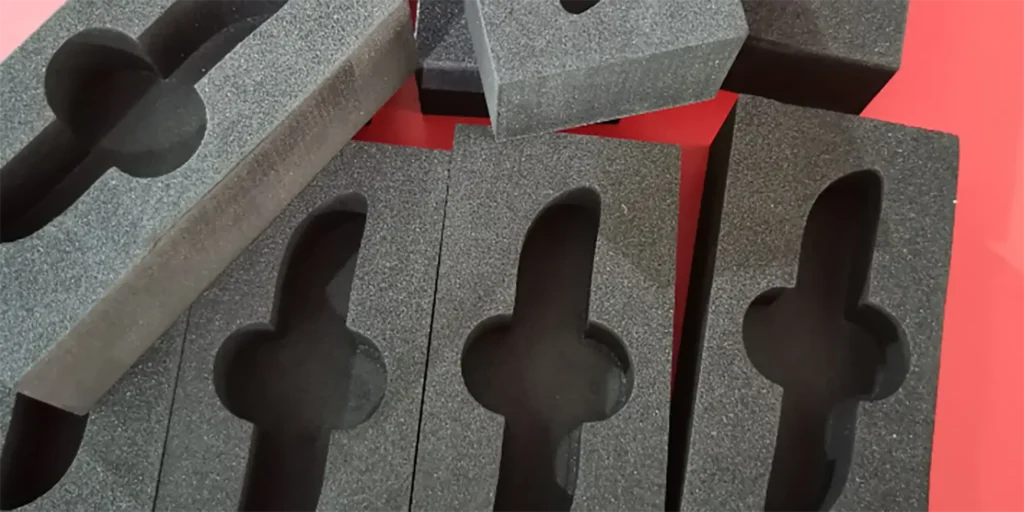Abstract
Ethylene-Vinyl Acetate (EVA) foam sheets have secured a pivotal position in custom-shaped product manufacturing due to their lightweight nature, flexibility, and corrosion resistance. This paper delves into the technical processes, core advantages, and industrial applications of EVA foam sheet fabrication, covering critical stages such as mold forming, cutting techniques, and surface finishing. Additionally, it provides a comprehensive FAQ section to serve as a practical reference for professionals.
- Technical Processes for Custom EVA Foam Product Fabrication
1.1 Material Selection and Pre-Treatment
Density Grading: EVA foam densities typically range from 30-200 kg/m³, selected based on load-bearing requirements (e.g., high-density for wear-resistant components, low-density for cushioning).
Precision Cutting: Preliminary sheet trimming via CNC machines or laser-cutting systems minimizes material wastage.
1.2 Core Forming Techniques
Thermoforming: Utilizing heated molds (100-160°C) to soften EVA, enabling complex curvature shaping (e.g., helmet liners, insoles) under 0.5-5 MPa pressure.
Cold Cutting and Engraving: High-precision CNC equipment achieves intricate perforations or decorative patterns (tolerance: ±0.2 mm).
1.3 Post-Processing Techniques
Surface Coating: Application of PU waterproof layers or electrostatic flocking enhances durability and tactile quality (cost increase: 15-30%).
Bonding and Assembly: Modular joining of components using food-grade hot-melt adhesives or hook-and-loop fasteners.
- Advantages and Industrial Applications
2.1 Key Advantages Comparison
| Performance Metric | Custom EVA Products | Traditional Plastic Parts |
|---|---|---|
| Weight Ratio | ≤0.5 g/cm³ | ≥1.1 g/cm³ |
| Shock Absorption | 85% energy uptake | 35-50% |
| Production Lead Time | 3-7 working days | 10-15 working days |
2.2 Representative Applications
Sports Equipment: Custom-molded surfboard traction pads, bicycle saddles (withstands 200 kg dynamic impact).
Electronics Packaging: Tailored protective inserts for cameras/drones (30% thickness reduction while retaining 90% compressive strength).
Military Replicas: 1:1 scale weapon props (surface-treated for metallic visual effects).
- Challenges and Innovations
Sustainability: Development of biodegradable EVA materials (current market penetration <8%).
Composite Processing: Lamination with TPU/PET films improves mechanical properties (40% tensile strength increase).
Smart Manufacturing: AI-powered visual inspection systems elevate defect-free rates to 99.2%.
FAQ
Q1: How does EVA fundamentally differ from conventional sponge materials in custom fabrication?
A1: EVA’s closed-cell structure surpasses open-cell sponges in waterproofing and offers 3-5x greater thermoforming stability, ideal for precision custom parts.
Q2: What is the initial equipment investment for small-scale manufacturers?
A2: Basic setup (laser cutter + heat press) requires ¥80,000-150,000, yielding 1,000 units/day. Advanced engraving systems demand additional ¥200,000+.
Q3: Why do edges often melt during fabrication?
A3: Typically caused by excessive laser power (recommended: 40-60W) or slow cutting speed (optimal: 8-12 mm/s). Parameter calibration is essential.
Q4: How to achieve EU environmental certification?
A4: Ensure compliance with REACH regulations (particularly PAHs <1 mg/kg). SGS-certified raw materials are advised.
Request Custom EVA Solutions
For material specifications or process optimization strategies, contact our engineering team for a complimentary technical evaluation report (includes industry standard benchmarks).
WELLE Trade has over 20 years of experience in the production and processing of PE/EVA/TPE foams, so you may want to consult with them if you have any sourcing needs.


